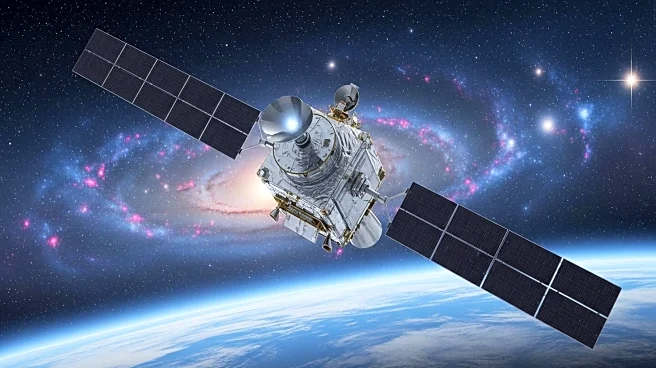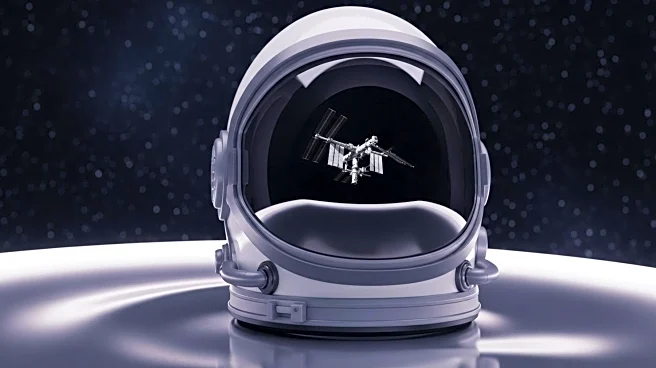What's Happening?
NASA's International Space Station (ISS) has made a significant discovery during Hurricane Helene, detecting unseen atmospheric waves in the mesosphere, 55 miles above Earth. These waves offer new insights into the interactions between terrestrial weather events and the upper atmosphere. The Atmospheric Wave Experiment (AWE) on the ISS observed ripples emanating from the storm's impact zone, illustrating the far-reaching effects of Helene's energy. This discovery challenges previous assumptions about atmospheric impacts and highlights the complexity of atmospheric interactions.
Why It's Important?
The detection of atmospheric waves during Hurricane Helene has implications for understanding space weather and satellite operations. Variations in air density caused by these waves can affect satellite orbits, highlighting the importance of understanding these interactions. The AWE mission provides critical data that helps predict potential orbital drag, enabling proactive measures to protect satellites. As reliance on satellite technology increases, understanding these atmospheric interactions becomes essential for maintaining satellite integrity and functionality.
What's Next?
The discovery prompts further exploration of the invisible interactions between Earth's weather and space. Scientists may continue to study the mesosphere's behavior to better understand the interconnectedness of Earth's atmospheric systems. This could influence future approaches to weather prediction and satellite technology, as researchers seek to uncover more about the dynamics of hurricanes and their effects on the upper atmosphere.
Beyond the Headlines
The revelations from NASA's ISS underscore a complex relationship between Earth's weather and space. Hurricanes, once thought to impact only the lower atmosphere, are now known to generate disturbances that extend far beyond. This newfound connection opens up new discussions about the interconnectedness of Earth's atmospheric systems and the potential for further discoveries in atmospheric science.










